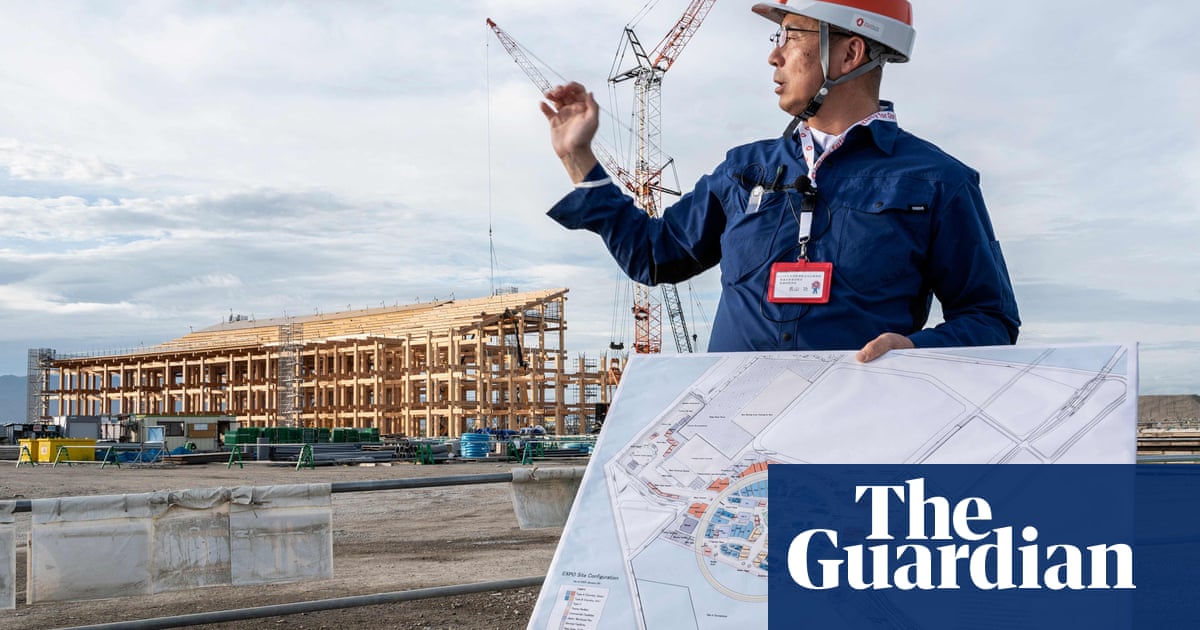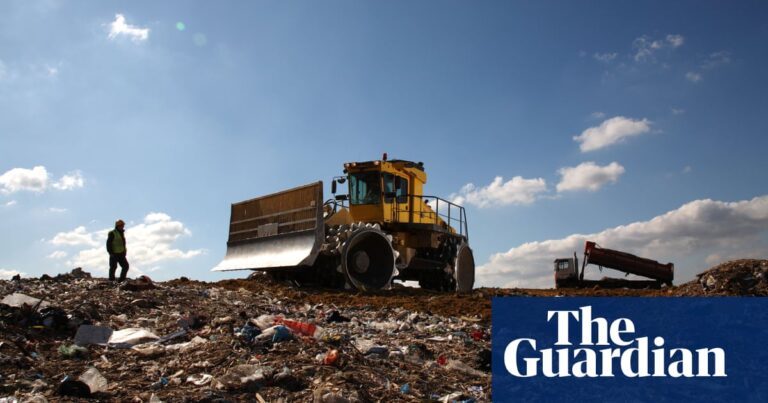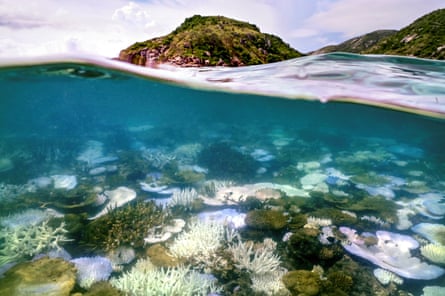
Attendees of the upcoming global exhibition in Japan may be surprised to discover that the restroom facilities, which are estimated to have cost over £1m to construct, may require them to pay a small fee. This has caused controversy over the increasing expenses of the event.
According to recent reports from Japanese media, it has been revealed that a number of the 40+ bathrooms being constructed in Osaka, a major port city in western Japan, will have a price tag of up to ¥200m (£1.05m).
This week, Hanako Jimi, the minister in charge, announced that eight restrooms at the expo site will be created by rising architects. These facilities will have a higher number of stalls compared to a regular public restroom.
According to Jimi, the cost of the project is not necessarily high given its scale.
However, her account, which was extensively covered by Japanese news outlets this week, has only fueled further backlash against the excessively high expenses of the expo project.
The news regarding the toilets, which was published in Asahi and Mainichi newspapers, has surfaced shortly after expo organizers announced a delay in the completion of national pavilions to October of this year. The reason for the delay is due to increased material costs and a shortage of labor, causing delays in construction.
The pavilions designated as “type A”, which serve as a display for countries’ history, culture, and technology, were originally scheduled to be completed by July.
Out of the 150 countries and regions involved, approximately 60 initially intended to construct their own pavilions. However, due to difficulties in securing Japanese construction companies within their budget, many of these plans were abandoned. As of the end of last year, only 36 countries had confirmed their plans to build customized pavilions, as reported by Kyodo News.
The project has faced criticism due to a lack of enthusiasm and is now projected to cost ¥235bn, almost twice the original estimate. The expenses will be divided among the central government, local authorities in Osaka, and the private sector.
Despite pleas to cancel or delay the event, both organisers and politicians have refused to do so following the destructive earthquake on New Year’s Day in the Noto peninsula.
The upcoming expo, scheduled to take place from April 13 to October 13, 2025 on the man-made “Dream Island” of Yumeshima, is causing worry that it may increase material costs and put pressure on the already limited workforce in the disaster-stricken Japan Sea coast region.
The 390-hectare site has received criticism for more than just its toilets. Other features such as pavilions and attractions will be enclosed by the “Ring”, a circular roof with walkways that will eventually become one of the largest wooden structures globally.
The roof, which costs ¥24.4 billion, will be taken down after the event so that construction can begin for Japan’s first casino, set to open in 2030. This has led to criticism from an opposition member of parliament, who described it as “one of the most extravagant expenses in the world,” as reported by the Asahi Shimbun.
There is a split among the public regarding the project, with few having faith that it will replicate the triumph of the expo that Osaka held in 1970. This expo attracted over 60 million attendees and solidified Japan’s shift from a defeated empire to a dominant force in the economy and industry.
According to a survey by Kyodo in the beginning of this month, 27% of those surveyed believe that the expo scheduled for next year should be delayed in order to focus on rebuilding communities affected by the earthquake. Similarly, about the same percentage of respondents think the event should proceed as originally planned, while 26.7% believe it should be downsized.
Source: theguardian.com

















